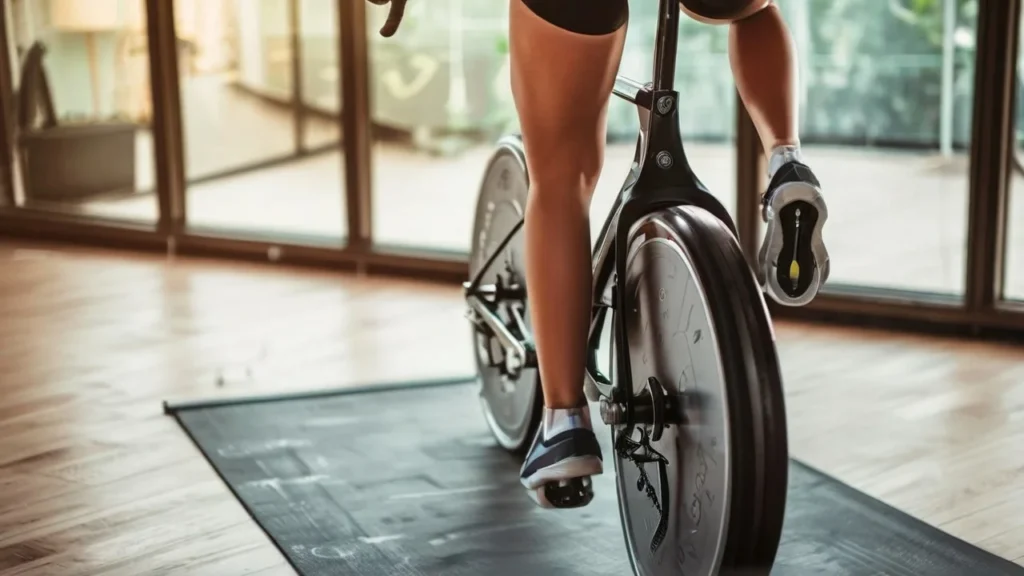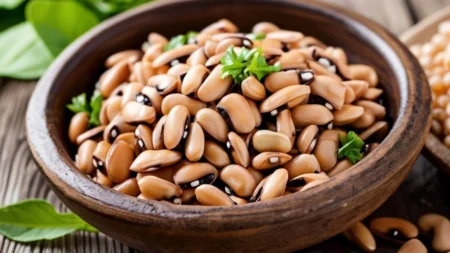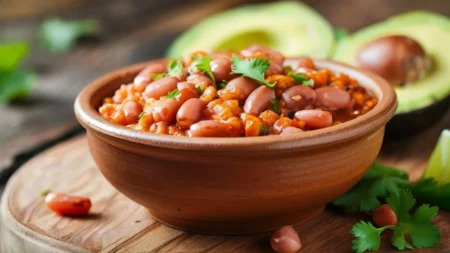Is Indoor Cycling Good for Weight Loss?
Key Takeaways
- Indoor cycling is an excellent cardio workout that can burn between 400-600 calories per hour, making it effective for weight loss.
- This low-impact exercise reduces stress on the joints, making it suitable for people of all fitness levels.
- Combining indoor cycling with a healthy diet enhances weight loss and overall health benefits.
- It can improve cardiovascular fitness and muscle endurance, which supports long-term weight loss.

How Indoor Cycling Promotes Weight Loss
Indoor cycling is one of the best cardio workouts for burning calories, improving cardiovascular health, and increasing muscle endurance. Because of its intensity and calorie-burning potential, it’s a popular choice for those looking to lose weight.
Calorie Burning Potential
The number of calories burned during an indoor cycling session depends on factors such as age, weight, fitness level, and the intensity of the workout. On average, indoor cycling can burn 400 to 600 calories per hour.
| Intensity Level | Calories Burned (per hour) |
|---|---|
| Low | 300-400 |
| Moderate | 400-500 |
| High | 500-600+ |
A calorie deficit is crucial for weight loss, and indoor cycling is effective in helping achieve this by burning a substantial number of calories in a short period. The higher the intensity of the workout, the more calories burned.
High-Intensity Interval Training (HIIT) and Indoor Cycling
Many indoor cycling classes incorporate HIIT (high-intensity interval training), which alternates between short bursts of intense activity and recovery periods. HIIT cycling is particularly effective for weight loss because it increases your metabolic rate even after the workout is finished. This means you’ll continue burning calories for hours after the session.
Muscle Engagement in Indoor Cycling
Indoor cycling is not just about cardio; it also works your lower body muscles, which can contribute to long-term weight loss by improving muscle tone and boosting metabolism.
Muscles Worked During Cycling:
- Quadriceps: Engage with each pedal stroke, especially when you’re cycling at high resistance.
- Hamstrings: Assist in pulling the pedals back up, improving endurance.
- Glutes: Particularly targeted when cycling at a higher resistance or standing up.
- Calves: Involved in every pedal motion, helping to stabilize and support the movement.
Engaging these large muscle groups during an indoor cycling session increases muscle mass, which in turn increases basal metabolic rate (BMR) — the number of calories you burn at rest.
Why Indoor Cycling is Ideal for Weight Loss
1. Low Impact on Joints
Unlike running or other high-impact cardio exercises, indoor cycling is low-impact, meaning it’s easier on your joints. This makes it an ideal option for individuals with joint problems or those recovering from injuries, who might otherwise struggle with high-impact activities like jogging.
2. Consistent Cardiovascular Benefits
Indoor cycling is a cardiovascular workout, meaning it strengthens your heart and improves your lung capacity. Regular cardio exercise has been shown to improve insulin sensitivity, reduce inflammation, and lower the risk of chronic diseases like diabetes and heart disease — all of which contribute to better weight management.
3. Boosts Endorphin Levels
Like other forms of exercise, indoor cycling releases endorphins, the body’s natural feel-good hormones. These hormones not only improve your mood but can also reduce feelings of hunger, making it easier to stick to a healthy eating plan.
Indoor Cycling Tips for Effective Weight Loss
1. Cycle at a Moderate to High Intensity
The key to maximizing weight loss through indoor cycling is to maintain a moderate to high-intensity workout. Keep your heart rate in the fat-burning zone, which is typically 70-80% of your maximum heart rate.
2. Add Resistance
Increasing the resistance on the bike helps engage more muscles and burn more calories. Try to incorporate intervals of high resistance throughout your workout to challenge your muscles and increase the intensity of the session.
3. Mix Up Your Routine
Incorporating different types of indoor cycling workouts, such as HIIT or endurance training, will keep your body challenged and prevent you from hitting a weight loss plateau. Varying your cycling routine also helps to engage different muscle groups.
Nutritional Support for Indoor Cycling
While indoor cycling can help you burn a significant amount of calories, pairing it with a balanced, nutrient-rich diet is essential for weight loss. Focus on:
- Lean proteins (chicken, turkey, fish) for muscle recovery
- Complex carbohydrates (quinoa, brown rice, sweet potatoes) for sustained energy
- Healthy fats (avocado, nuts, olive oil) to support metabolism
Avoid processed foods and sugary drinks, as these can counteract your weight loss efforts by increasing calorie intake without providing essential nutrients.
Comparison: Indoor Cycling vs. Other Cardio Workouts
| Exercise | Calories Burned (per hour) | Impact on Joints |
|---|---|---|
| Indoor Cycling | 400-600 | Low |
| Running | 600-800 | High |
| Swimming | 500-700 | Low |
| Rowing | 400-600 | Low |
| Jump Rope | 600-900 | High |
Indoor cycling is competitive in calorie-burning capacity, with a distinct advantage of being lower in impact compared to high-impact exercises like running and jump rope. This makes it a sustainable option for long-term weight loss, especially for those who need a joint-friendly workout.
Conclusion
Indoor cycling is highly effective for weight loss when done consistently at moderate to high intensities. It combines cardio, fat burning, and muscle engagement, which helps create a calorie deficit while toning and strengthening the lower body. Its low-impact nature makes it accessible to individuals of all fitness levels, and the ability to adjust resistance allows for a tailored workout that matches your goals. To maximize results, indoor cycling should be paired with a healthy diet and varied routine to avoid plateaus and enhance overall health.
FAQ
1. Can indoor cycling alone help me lose weight?
Yes, indoor cycling is an excellent form of cardio that burns calories and promotes fat loss, but it should be combined with a healthy diet for best results.
2. How many times a week should I do indoor cycling for weight loss?
It’s recommended to do indoor cycling 3-5 times a week for optimal weight loss and cardiovascular health.
3. Does indoor cycling tone muscles?
Yes, indoor cycling engages the muscles of the legs, glutes, and core, helping to tone and strengthen them over time.
4. Is indoor cycling low impact?
Yes, indoor cycling is low impact, making it easier on the joints compared to running or other high-impact exercises.
5. Can I lose belly fat with indoor cycling?
While you can’t target fat loss in specific areas, indoor cycling helps reduce overall body fat, which can include belly fat when combined with a healthy diet.










